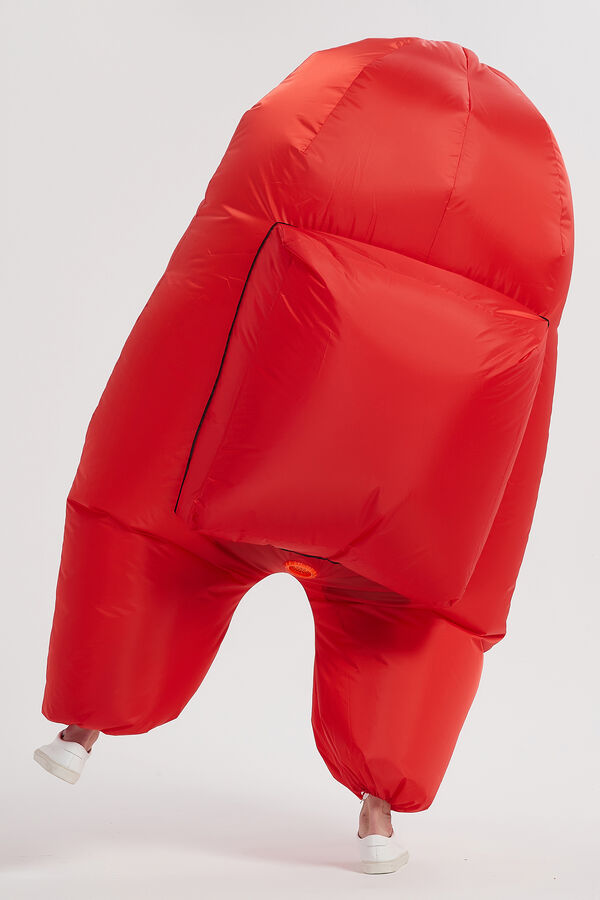

During the Vietnam War, however, at least one-third of the American troops were selected for military service through an

troops withdrew from Vietnam, Americans who have served in the U.S. As the overall situation for American troops became worse, race relations within the U.S. Some used drugs or alcohol to help them cope with their experiences. Some American soldiers reacted to their situation by lashing out violently against the Vietnamese, while others took out their anger on U.S. The tense atmosphere and frustrating nature of the war eventually caused a significant decline in the motivation and performance of American forces in Vietnam. "How can you defeat an enemy who knows the land intimately, who has every reason to regard it as his own backyard, and who has fought for decades, even centuries, to rid it of foreign invaders?" Christian Appy writes in his book Working-Class War. As a result, many American soldiers became increasingly frustrated with the war and the U.S. They knew that the enemy was all around them, but their main form of contact came through traps or ambushes rather than large-scale battles.

combat troops experienced constant fear and anxiety during their frequent patrols of the villages and countryside. In fact, some South Vietnamese civilians (people not involved in the military, including women and children) actively helped the Viet Cong guerillas (small groups of fighters who launch surprise attacks) that the Americans were fighting against. Instead, the local farmers and villagers usually viewed the Americans with distrust or even hostility. soldiers expected the South Vietnamese people to greet them as heroes. Their feelings of vulnerability were increased by strained relations with Vietnam's rural communities. This unfamiliar environment made their jobs more difficult and unpleasant. Upon arriving in Vietnam, American soldiers found themselves in a strange land of watery fields and dense jungles. troops consisted of African American men from the inner cities, the sons of immigrants from factory towns, and boys from rural farming communities. But many others were poor or working-class teenagers who enlisted or were drafted into the military right out of high school. Some of these men were career military officers. More than 2.5 million American men served in Vietnam during the war.


 0 kommentar(er)
0 kommentar(er)
